Interview with Mamta Nainy, Author of “Hands That Wrote History”
Mamta’s book celebrates Prem Behari Narain Raizada, whose handwritten Constitution shows how quiet artistry and sincerity can shape a nation’s history.on Aug 18, 2025
.jpg)
Frontlist: Your book beautifully narrates the life of Prem Behari Narain Raizada, who hand wrote the Indian Constitution. What drew you to tell this lesser-known yet deeply patriotic story to young readers?
Mamta: I think what really drew me to Prem Behari Narain Raizada story was its quiet strength. At a time when India was still shaping its identity as a new nation, he chose to contribute in the way he knew best . . . through his art. In my work with children, I’ve seen how they respond to stories told through art because art is a language that they intuitively, instinctively understand. It opens up space for emotions, for questions, for wonder.
In many ways, I also felt that Raizada’s story stands apart from the usual accounts of history that focus on big names and bold events because it is more intimate, granular and human. And I wanted his story to show young readers that history is not only made by the well-known; it’s also shaped by ordinary people who show up with thoughtfulness, integrity and a desire to give something of themselves. I hope it helps children see that their own voices and actions matter too, and that they can honour their world through the things they create, the values they carry and the care they put into what they do.
Frontlist: In today’s fast-paced digital world, what significance does calligraphy — especially the handwritten Constitution — hold as a symbol of national pride and artistic patriotism?
Mamta: In today’s highly digitised world, the handwritten Constitution almost feels like a poetic counterpoint. I think what makes the act of handwriting the constitution so important is not just the absence of technology but the presence of care and attention. It’s like a personal imprint on a national vision. Because handwriting the Constitution wasn’t just about creating something aesthetically beautiful; it was also about showing how much the constitutional ideals mattered to Indians. Every stroke, every line, every curve spoke to a belief in the value of each word written in the Constitution, and in the idea that something as important as a nation’s guiding document deserved to be crafted and not just composed. That kind of intentional work feels almost radical today.
It also shows that patriotism doesn’t have to be loud or performative. It can live in quiet acts of dedication, in someone doing their best work behind the scenes. That’s a form of pride we rarely talk about but it’s just as meaningful.
Frontlist: You portray Prem’s journey from wobbly lines to historic calligraphy with such warmth. How did you balance storytelling with historical authenticity to keep it engaging yet informative for children?
Mamta: I believe that children are intuitive readers. They may not always have the language for complex ideas but they feel deeply. So, my aim wasn’t to simplify history but to offer both its weight and wonder. What this book really demanded of me was a balanced way of seeing: to place the historical and emotional texture of the time, with all its intensity and hopefulness, right alongside moments of imagination and Prem’s personal transformation. His early struggles with handwriting weren’t just background details, they were vital to the storytelling. They made him feel human. They showed that greatness isn’t about getting it right from the start, but about showing up again and again. I wanted children to see him not as some distant historical figure but as someone who stumbled, just like they do, and still created something extraordinary. So, balancing fact with feeling meant doing the research, of course, but it also meant listening to children. They need stories that show them that beauty takes time, that mistakes are a part of the process and that they, too, belong in the unfolding story of their country.
Frontlist: Was there a particular moment in Prem Behari Narain Raizada life that struck you as especially powerful or symbolic of patriotic dedication?
Mamta: I think what I find most powerful in Prem Behari Narain Raizada story is how it shows that when you do something with all your sincerity and heart, it can become a part of something far greater than yourself. You don’t need to be in the spotlight to make a meaningful contribution. It is enough to show up and do what you love and believe in, even when no one is watching . . . especially when no one’s watching. Simply put, doing what you love will make you feel love in the world and for the world. My tenderest hope for this book is that it encourages children to think differently about their own potential, not as something tied to scale or fame but to sincerity and intention.
Frontlist: Your book highlights the quiet contributions of individuals to India’s nation-building. Why is it important for children to learn about these unsung heroes through literature?
Mamta: So often, the story of nation-building is told through the lens of a few towering figures, while the quiet, steady work of countless others goes unacknowledged. This book tries to gently shift that lens by honouring the quieter contributions that helped shape India’s spirit. I believe children need to see that patriotism comes in many different forms. Sometimes, it shows up in thoughtfulness, in beauty, in the hand-calligraphed pages of our Constitution.
Stories like Raizada’s help children feel that history isn’t just about others but made by people like them. And when they begin to see themselves in these stories, they begin to care. They start to understand that they’re not just inheritors of a country but active participants in its future.
Frontlist: Do you see storytelling—especially for young readers—as a tool for nurturing patriotism that’s rooted in empathy, creativity, and curiosity rather than just symbolism and slogans?
Mamta: Absolutely. I believe stories are one of the most powerful tools we have for nurturing a kind of patriotism that is reflective and inclusive. Freedom, after all, was never meant to be a finished product that was handed down to us at independence. It is a much bigger idea that calls for shared imagination and collective responsibility. I think well-told, nuanced stories allow children to see history not just as a set of dusty dates and distant events that they encounter in their textbooks but as a living, evolving narrative shaped by the choices made by real people who, like us, were complex and human. They begin to see that patriotism doesn’t mean unquestioning pride but caring enough to question. When we root our stories in this kind of empathy and curiosity, we give young readers the tools to grow into thinking citizens who are not just proud of their country but are also invested in its wellbeing.
Frontlist: From Prem’s story, what message do you hope young readers take away about finding one’s role in a nation’s history, even through something as personal as handwriting?
Mamta: I hope the young readers come away with the understanding that patriotism can be as simple and as profound as doing your work and doing it well. Raizada’s art offers an alternative to the dominant narrative of muscular nationalism. His hand-calligraphed Constitution, in that sense, becomes much more than a document. It shows us that nation-building doesn’t happen through speeches and sweeping gestures alone . . . it can also happen in studios and workshops, in fields and factories, in libraries and classrooms. In every act of thoughtful creation, however small, there’s the possibility of shaping history.
Frontlist: You’ve worked across genres in children’s literature. How has writing about India’s artistic and historical heritage—like in A Brush with Indian Art and now Hands That Wrote History—shaped your own understanding of patriotism?
Mamta: The more I’ve engaged with India’s artistic and historical heritage, the more I’ve come to see that art is one of the most powerful expressions of freedom. It holds contradictions and complexities, acceptance and resistance, memory and hope . . . Whether it’s a centuries-old mural or a handwritten manuscript, Indian art has always been a way for people to tell their stories, claim space and imagine new futures. It has shown me that patriotism can live in quiet, and often anonymous, acts of creation. These works don’t just preserve the past; they invite children to ask questions, to wonder and, most importantly, to participate in shaping what comes next.


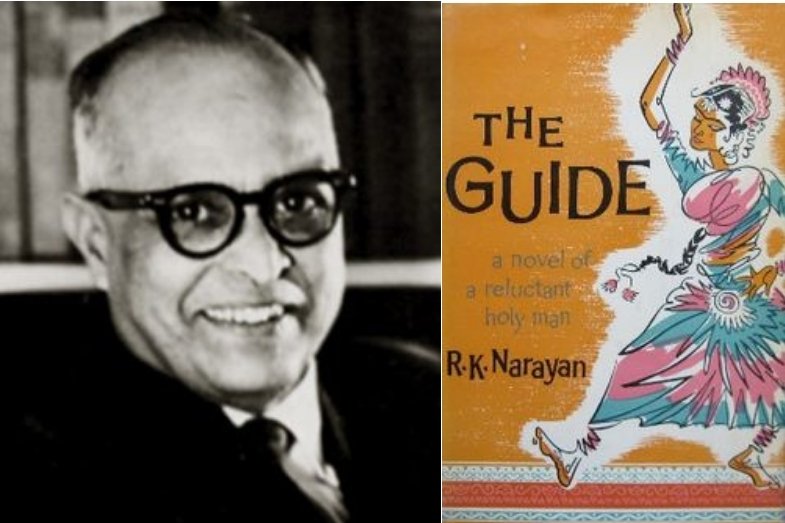
.jpg)

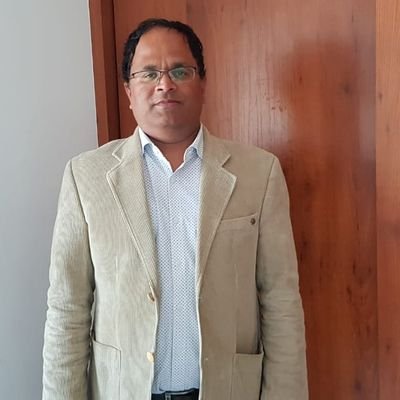


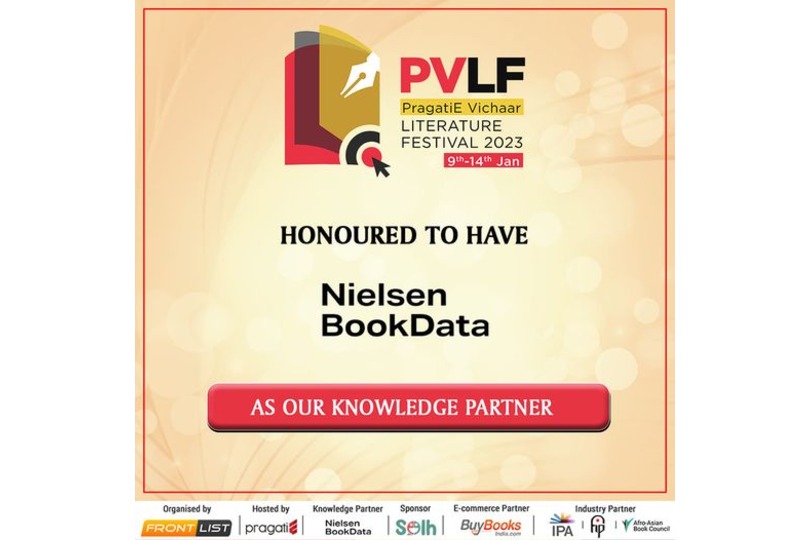
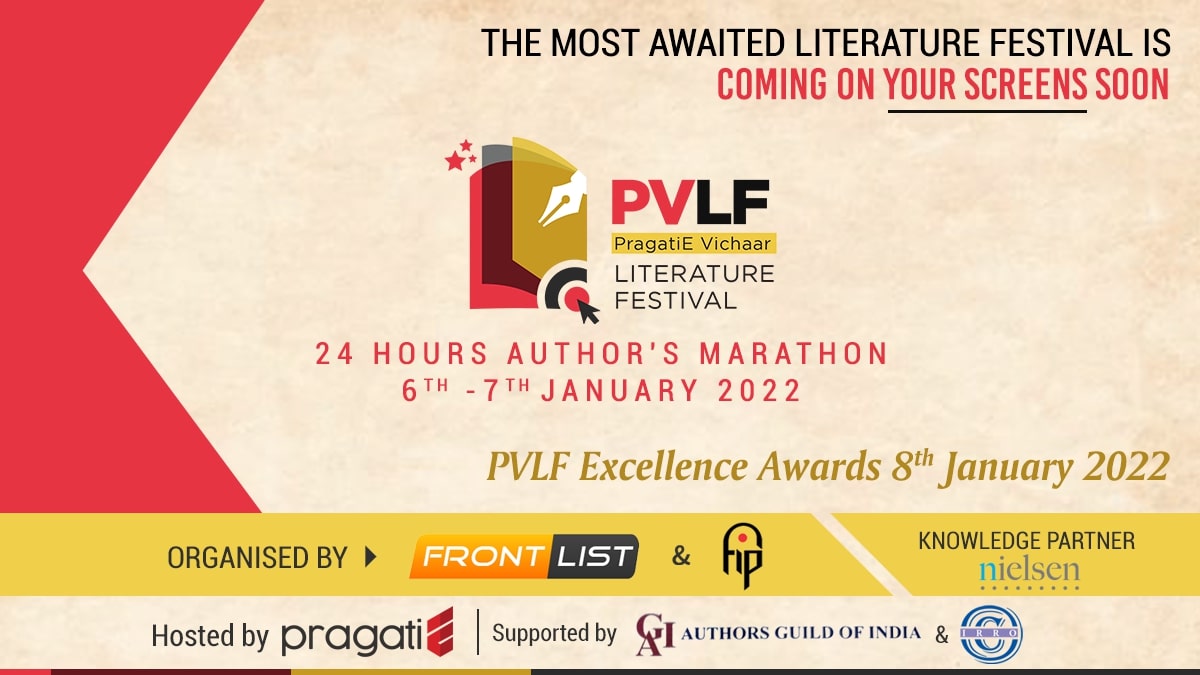
.jpg)

.jpg)
.jpg)
.jpg)

.jpg)
.jpg)
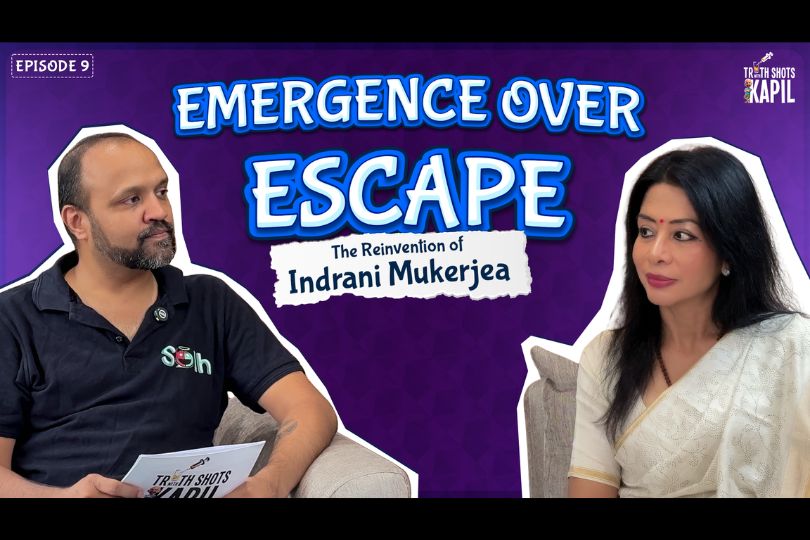
.jpg)
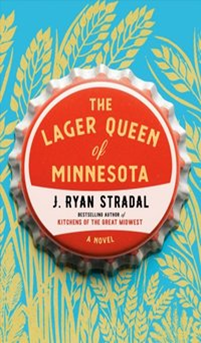

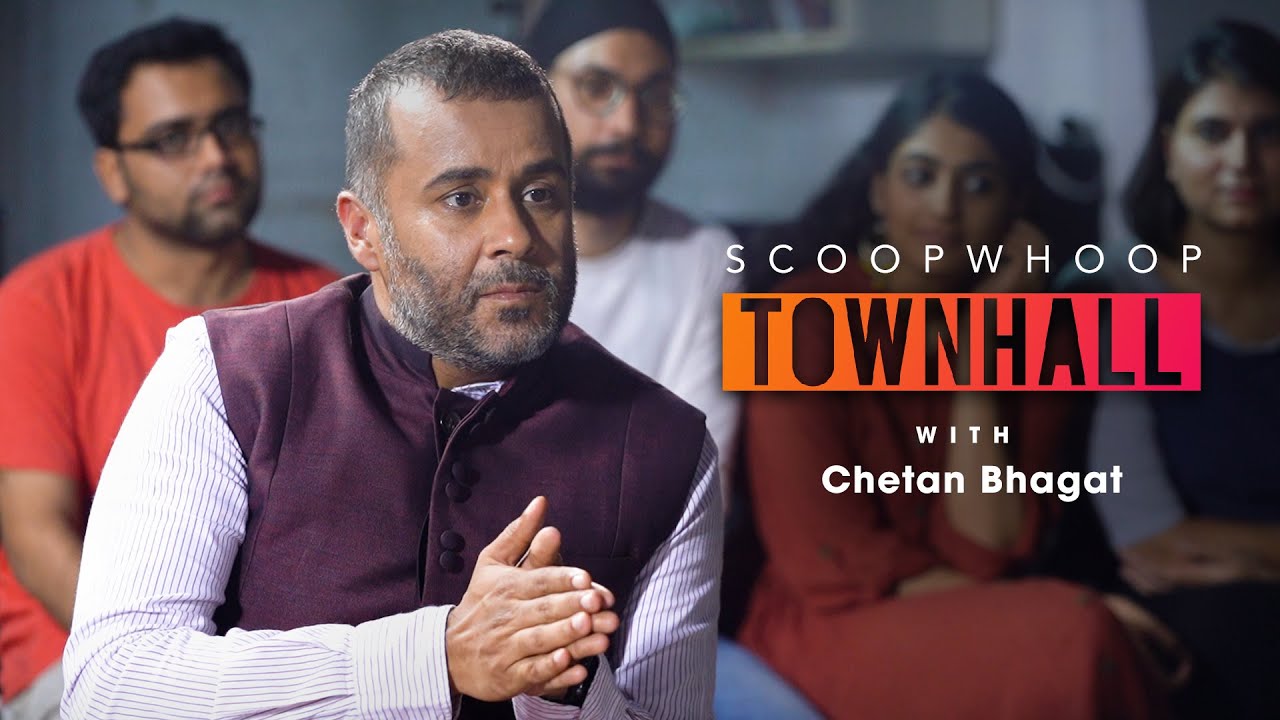




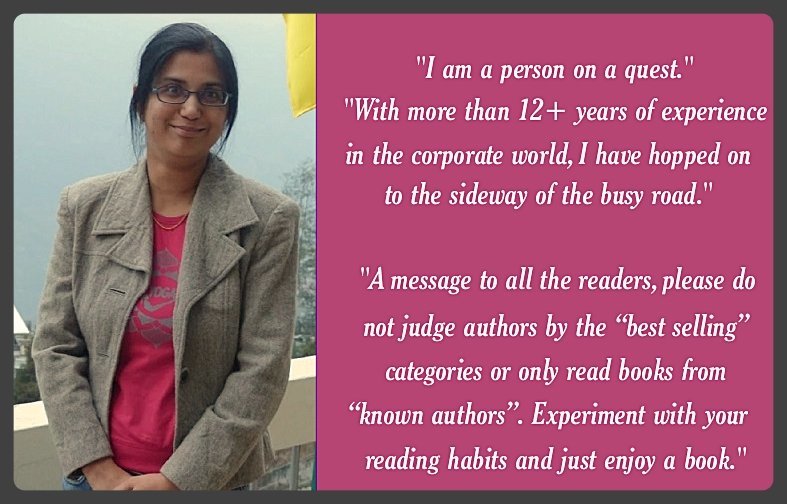


Sorry! No comment found for this post.